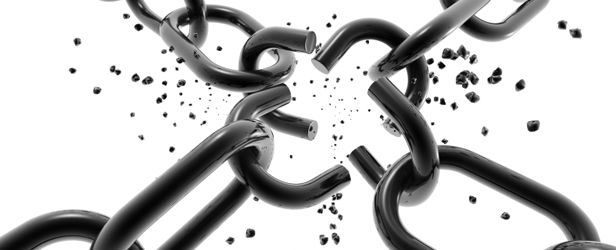
The main idea is that to bend is not to break.
That often we are far too rigid in our approach to things. This was made crystal clear to me by the martial art of Aikido. They have a brilliant phrase that says" you can not push a rope". By blending with an attack instead of resisting it with a directly opposing force, the contest is dramatically changed from a test of pure head to head dominance to one of deeper tactical dimensions.
Going head to head will sort itself out by the stronger force overcoming the weaker. But when tactics and strategy are introduced, the outcome is far from certain and does NOT always go to the strongest.
There are more ways to score touchdowns than by always running the ball straight up the middle!
We as Westerners seem to harbor an unhealthy admiration to doing things the hard way. As if it were cowardly or weak to go around instead of right through. This can be a hindrance. Is it any better or worse to win the game by a "trick play" than by a "blood and guts" ground attack? If you think so, you just might be beholden to the "hard way" mentality.
To bend is not to break.
To be soft is not to be weak.
And to go around is not to be ashamed.
To be like water is an axiom found in Aikido. If you are like an iron rod, I can push or pull you and apply my forces upon you. But if you are like water, that becomes impossible. Yet water finds a way. It cuts stone. This was the basic gist of my introduction to applying more flexible thinking. I simply suggest that you attempt to put more tools in your tool box.
A great place to find new tools is from outside your paradigm. Look to the East. Maybe Aikido. It may be uncomfortable at first to chew on these ideas. But adding them into your thinking on occasion can release you from a prison of having the same response every time.
In tactical terms, it is a disadvantage to be predictable. If you are limited in your thinking, you are more predictable than you may realize.









